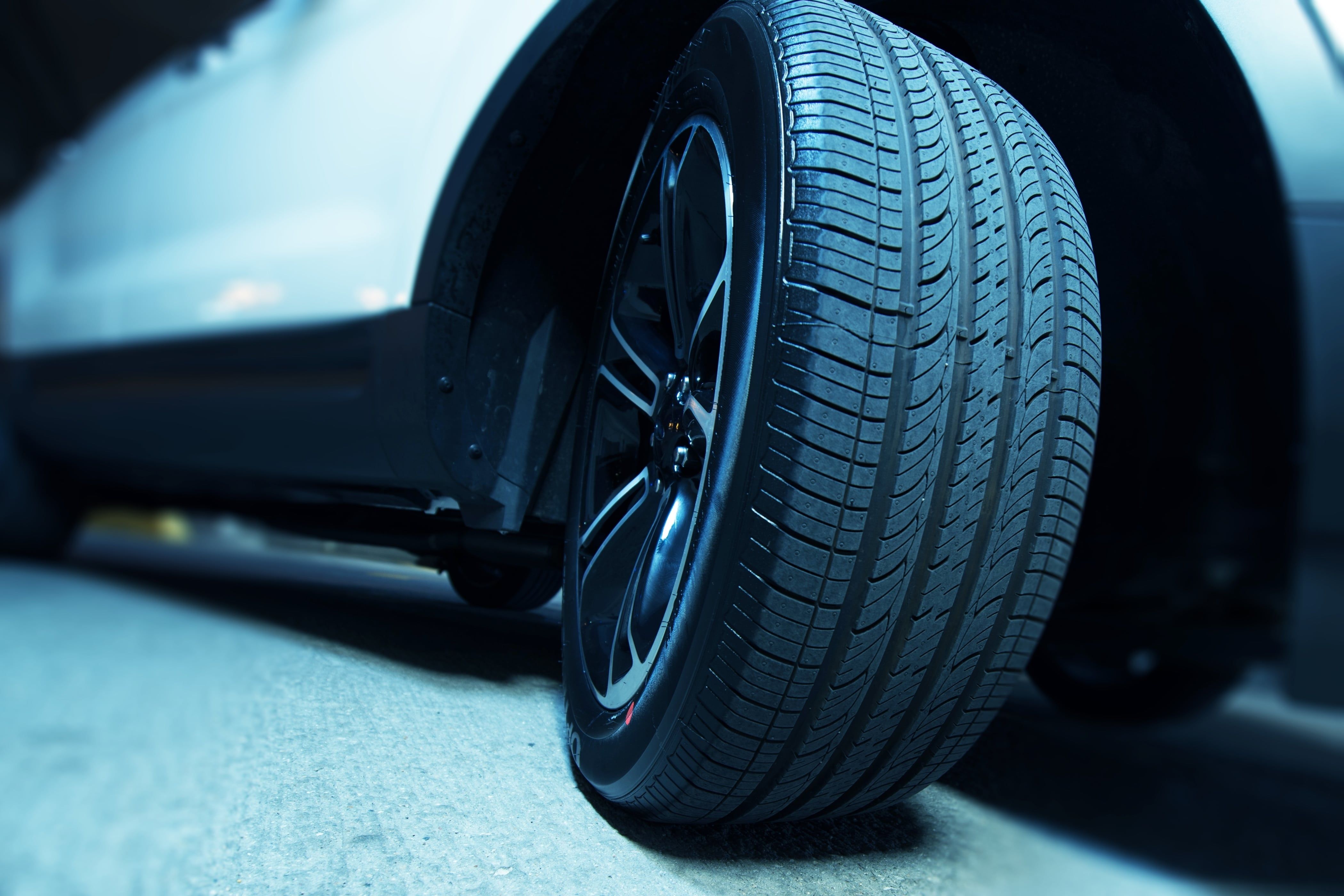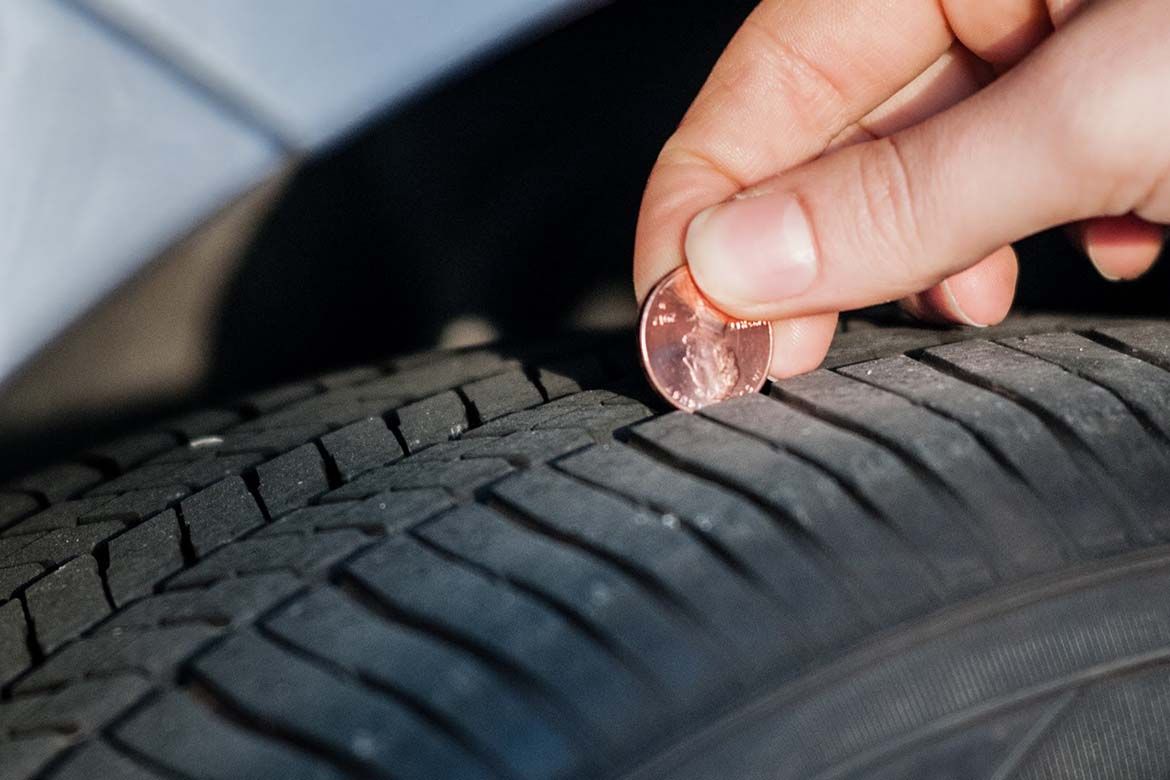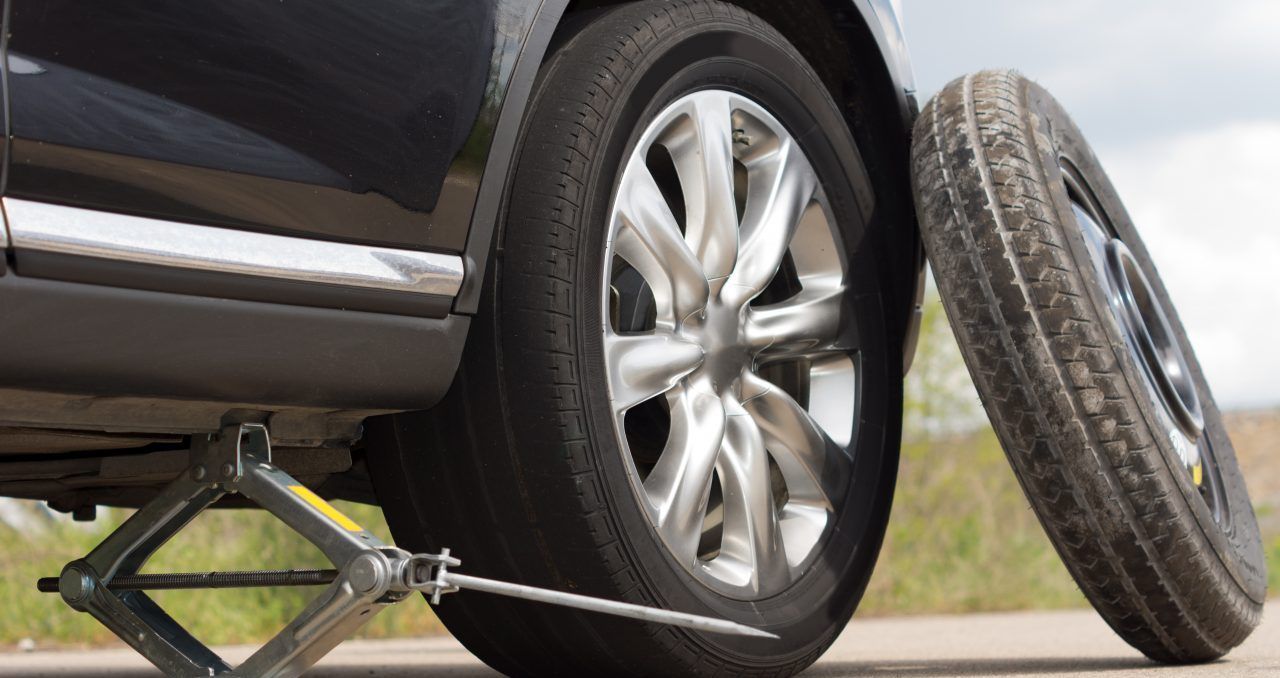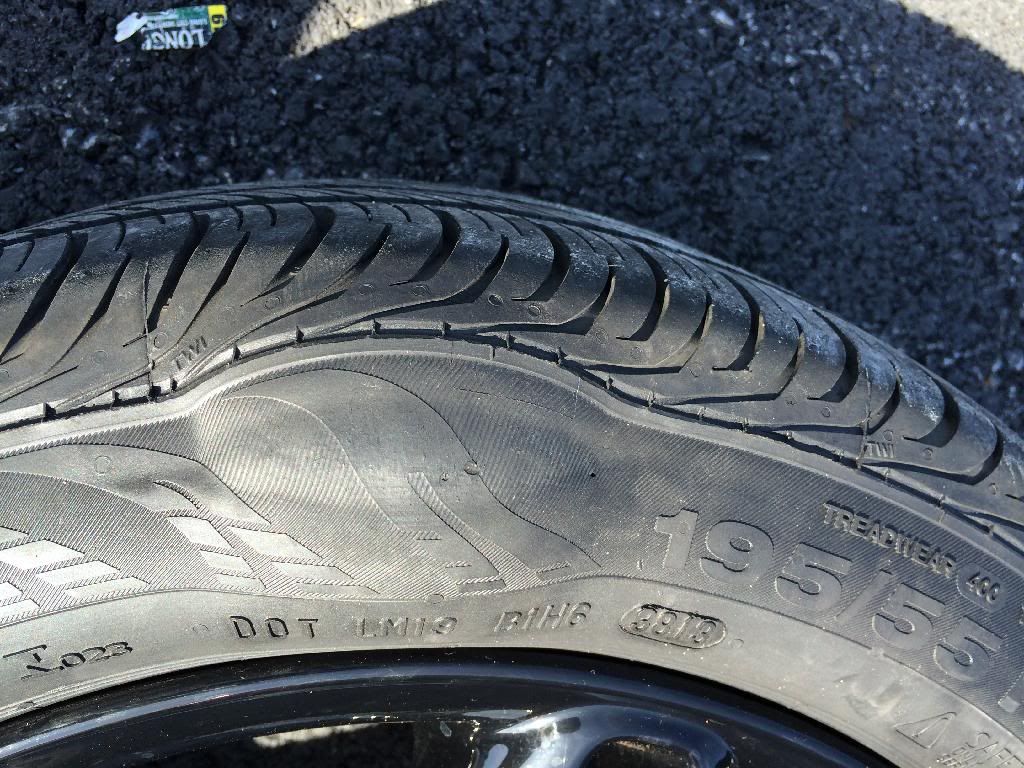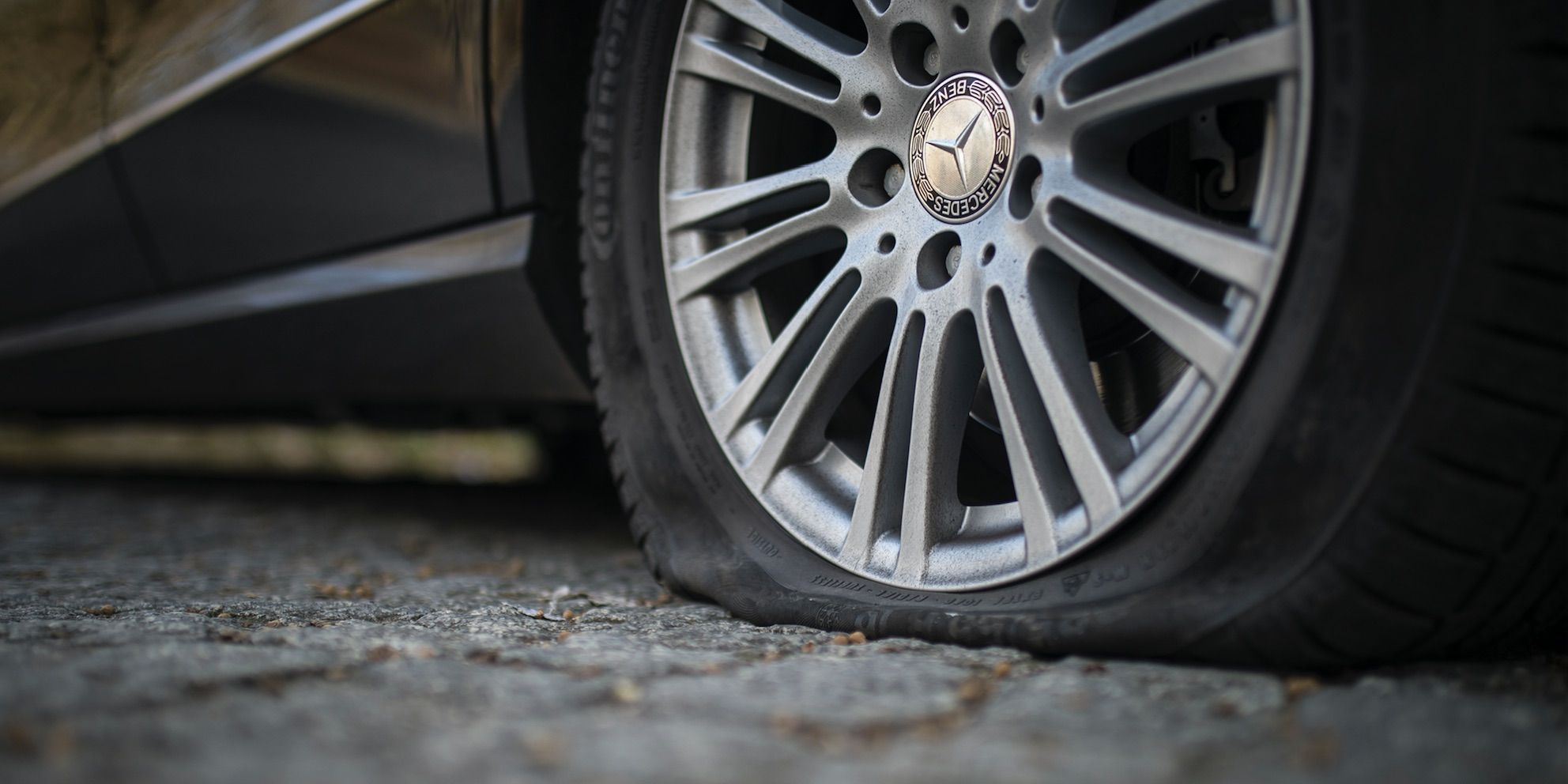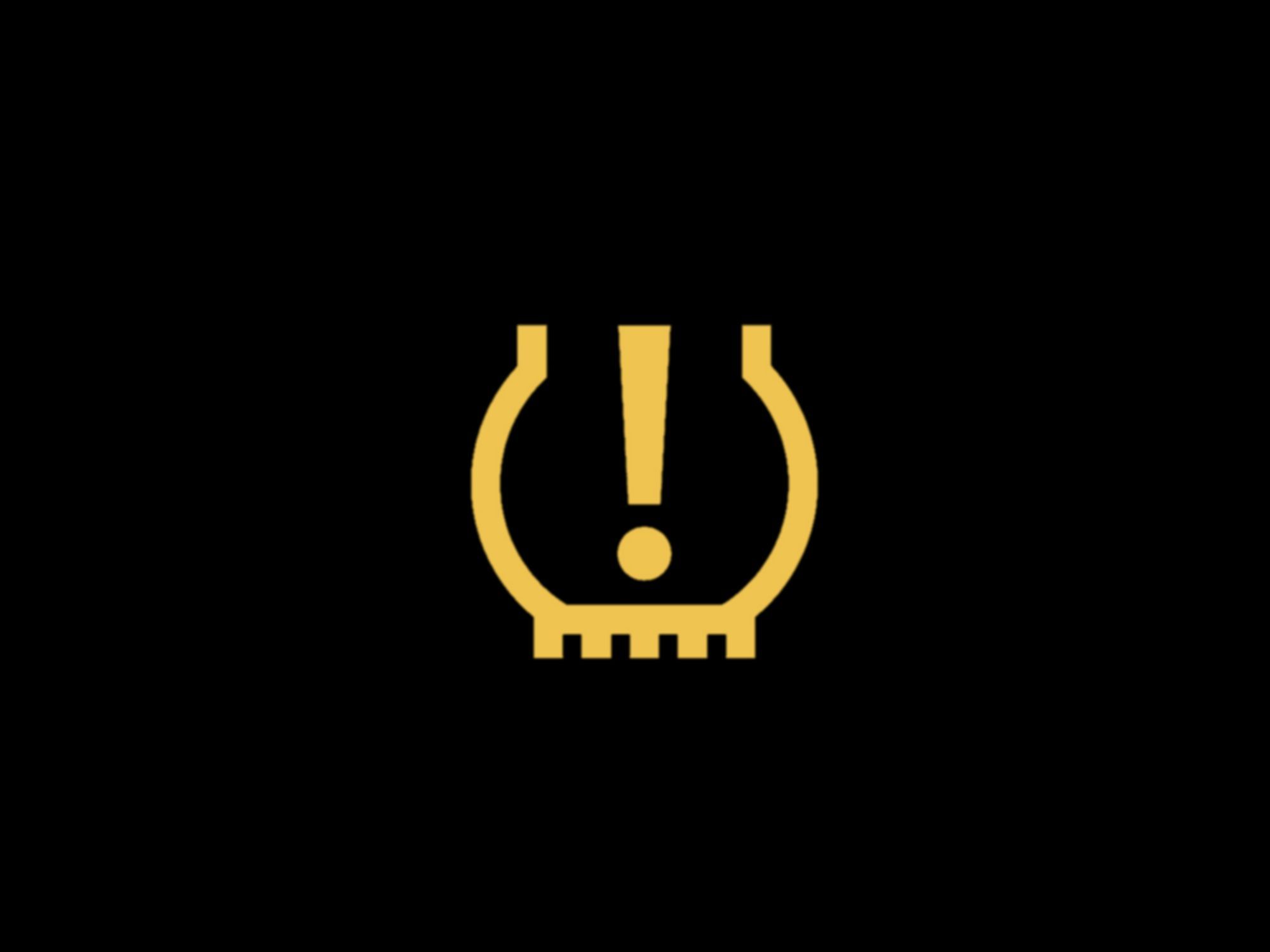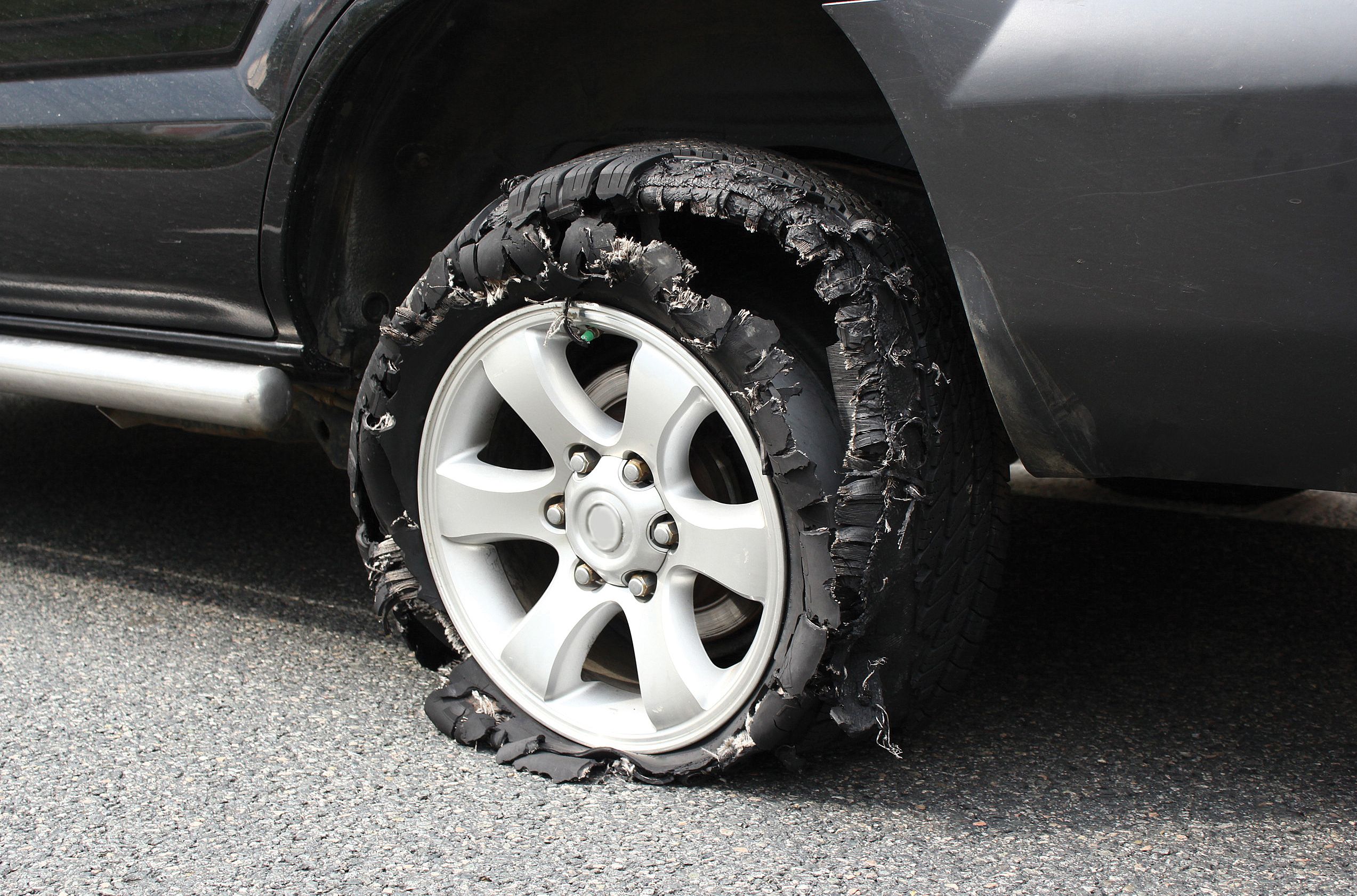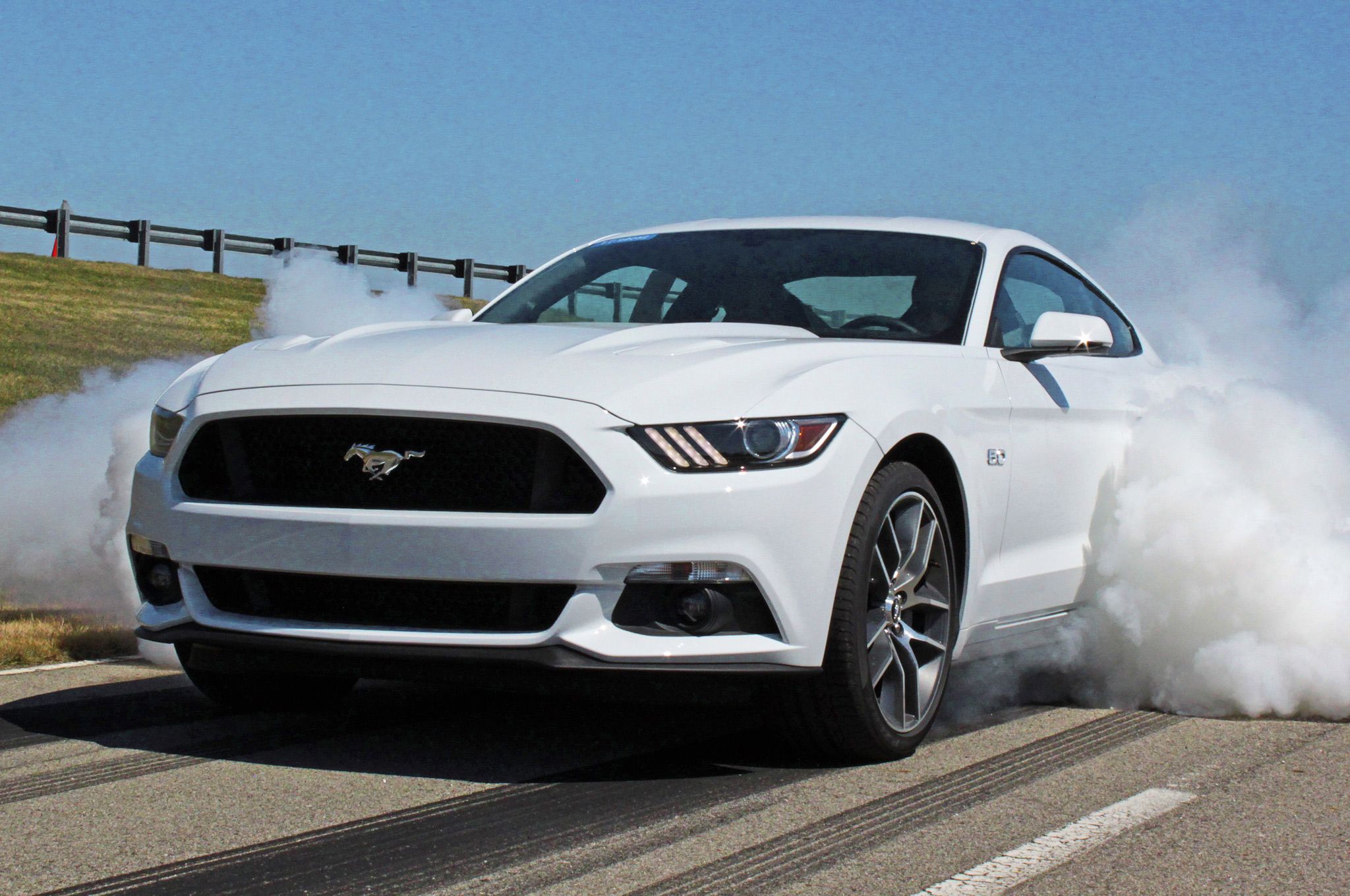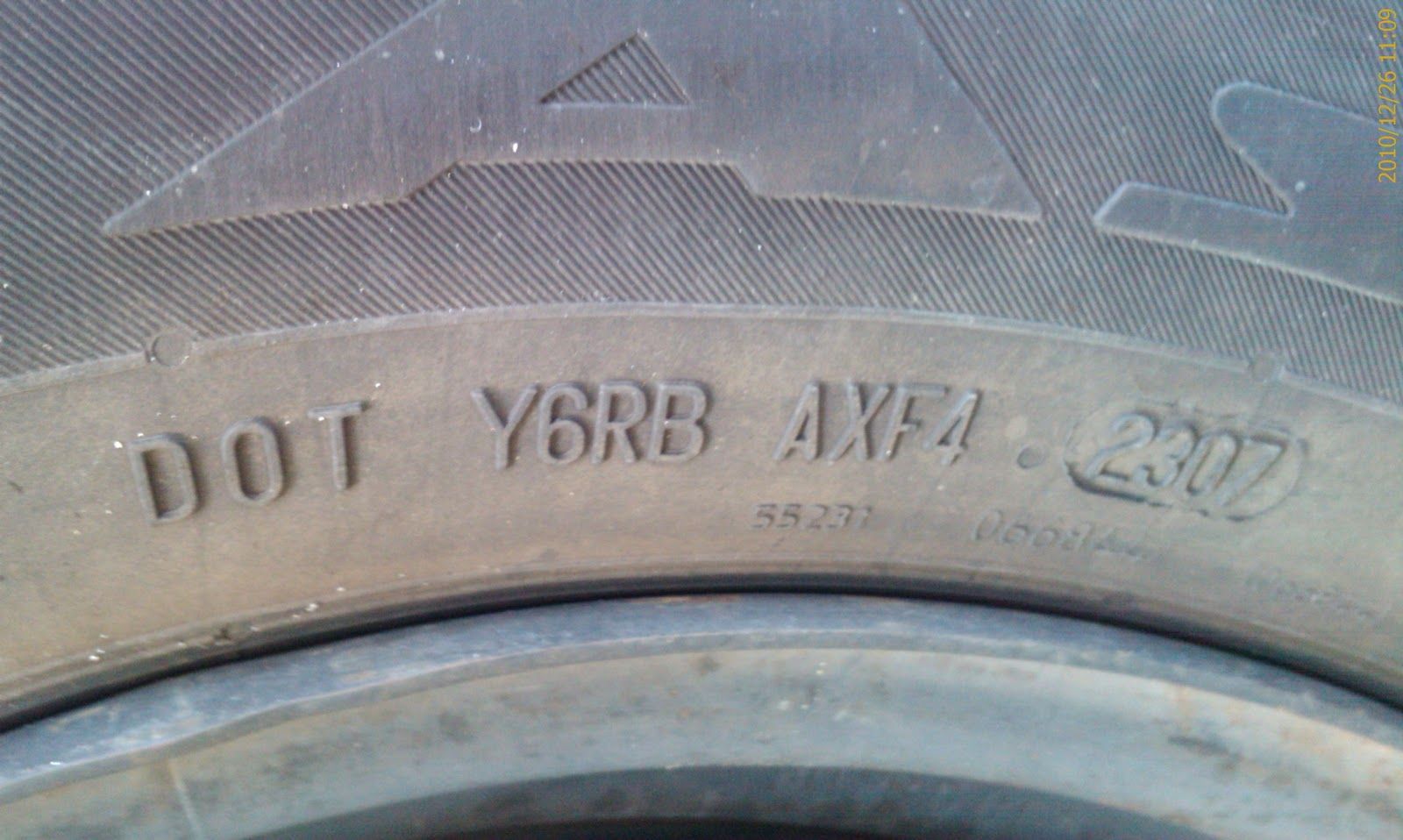Get a new car and friends will probably ask, “how much horsepower does it have?” or, “how fast is it?” But you know what nobody ever asks? “What kind of tires you got on that thing?” And yet, tires are one of the two most important parts of the car. Brakes, if you’re wondering, are the other.
Given that tires are the only thing keeping you on the road – literally – it’s a shame the average driver knows so little about them. But we can fix that right now. In just a few minutes, you’ll know what you NEED to know about tires. But don’t keep the info to yourself. Forward this article to friends – or work the details into conversations with your car buddies. You could save someone some heartache.
10 10. Summer Tires, Summer Tires, Sum-Sum-Summer Tires
Buy a new BMW M3, Audi S4 or even a Kia Stinger, and it’s going to come from the factory with summer tires because they maximize performance numbers and give the best handling and traction… in summer. But what happens when the temperature drops? Those ultra-sticky compounds that grip so well in warm weather harden up and start to slip. And it’s compounded by rain.
The fact is, summer tires in wet conditions at or below 40° are dangerous. Tire industry professionals refer to the threshold where summer tires change from soft and pliable to hard and inflexible as “glass transition.” Doesn't sound good, does it? So if you’re driving on Michelin Pilots, Continental Extremes or similar tires, and live anywhere that has four different seasons, grab a second set of rims with tires that are made for colder weather. It could save your life.
9 9. All-Season Tires: A Compromise In Every Season
For the average driver, keeping separate sets of tires for warm and cold weather is an expensive, space-consuming waste of, well, everything. For them, the all-season tire is a nice year-round choice that’s easy to live with because you don’t have to think about when to swap tires, or where to keep the other set.
But you should know that all-season tires, by their very nature, don’t deliver optimum performance in any season. To be pliable in winter, they’ll give up handling in summer. To work well in rain, they’ll give up grip in snow. True, you can get all-season tires with the M+S symbol signaling mud and snow usage, but it’s just snow. Not ice, not sleet, All-seasons will never come close to a dedicated winter – or summer – tire. A little less performance on a warm, sunny day may be a drag, but it won’t put you in a snowbank the way a lack of performance in winter can. Just a little something to think about next time you’re shopping tires.
8 8. The Penny Test – A Quarter With Inflation?
A brand-new set of tires has 10/32” of tread depth, give or take. The law in most states is that a tire is worn out at 2/32”. Why? Without enough tread to cleave through standing water, the tire will ride on top of it and lose traction. If you’ve ever hit a puddle at speed and felt your car skate sideways a bit, you’ve experienced that loss of traction and were a lot closer to spinning out of control than you may have realized. That’s why it’s so critical to check your tread depth at least every oil change.
There are two easy ways to tell if your tires are doing ok. The first is wear bars on the tire. Those are the raised rubber lines go side-to-side, across the tire, rather than around the circumference. As long as your tread is deeper than the wear bars, your tires are legal. The second way to tell is the penny test. Stick Honest Abe’s hair into your tread. If you can see his scalp, your tires are at 2/32” (or less) and need to be replaced right away. Want a larger margin of safety? Do the same test, but use a quarter. If you can see George’s scalp, your tires are at 4/32” and it’s time to start thinking about replacements.
7 7. Mmm, Donuts
These days, it would be shocking to find a full-size spare in the trunk. What you’ll probably see resting under the trunk floor is a Temporary Use Spare Tire, or donut as most people call them. Donuts cost less and weigh less, so they’re a definite win for the manufacturer. But using them requires some knowledge because they’re not the same as the tire you’re taking off.
Donuts are smaller than regular tires, have minimal tread, and aren’t reinforced with steel belts the way regular tires are. That’s three reasons you need to treat these little guys differently. First, if you have a front-wheel-drive car with a flat on the front, you’re going to want to move the tire from the back up to the front and put the donut spare on the back. Why? Because the difference in size can damage your transmission.
Second, you know that warning about not exceeding 50mph? It’s real. That’s where the lack of steel belting comes in. And third, donuts are only good for about 70 miles, not the 40,000-60,000 miles you can expect from a regular tire. It’s there to get you to a tire shop and that’s about it.
6 6. Bubble, Bubble, Sidewall Trouble
Have you ever looked at a tire and seen a bubble jutting out the side? It looks funny but is anything but. The bubble happens because air has leaked past the inner lining of the tire and is looking for a way out.
Sidewall bubbles happen from hard impacts on potholes, curbs, or other rough spots on the road. If you’ve got a bubble, one more good hit could be all it takes to make the tire blow out, possibly sending you out of control. If you see a bubble in your tire, replace it with the spare and get a new tire (or tires, depending on wear, and whether the car is AWD or not) right away. Driving on a bubbled tire isn’t worth the risk.
5 5. To Patch Or Not To Patch
Rubber is better than it used to be, so flat tires are less common than back in the day. But that’s not to say they don’t happen. Drive over a screw or nail and no rubber is good enough to keep it from puncturing the tire. So the question becomes, is it repairable or not?
If you picked up the nail or screw in the middle of the tire, chances are good it can be repaired. But if it’s close to the shoulder, or in the sidewall, the tire is toast. The shoulder and sidewall carry much more dynamic forces than the middle of the tire, so patching is unlikely to work for long, and due to the possibility of a dangerous blowout, no mechanic will try it.
4 4. TPMS, More Or Less
Every car sold since 2008 has a Tire Pressure Monitoring System (TPMS) standard. It turns out there’s a good reason it doesn’t light up much, and it’s not that your tires are properly inflated.
Because there are so many different combinations of tire and car manufacturers that need to work together on a system like this, individual variation needs to be accounted for. The result is that TPMS systems don’t signal a problem until the tire is 25% below the recommended pressure. If your car uses the fairly standard 32 PSI, that little warning light won’t come on until the tire drops to 24 PSI. A tire that’s underinflated by just 5 PSI can fail due to excessive heat – and we’re talking 8 PSI before you get a warning. Are you starting to wonder where you put your tire gauge?
3 3. Consequences of Underinflation Are Under-Hyped
If safety isn’t enough of a motivator for you, here are three other reasons to make sure your tires are properly inflated:
1) For every PSI low, you lose .2% in gas mileage. If you’re running 8 PSI low because of your TPMS, you’re sacrificing .5 MPG on every trip. At 12,000 miles a year, you’re wasting 20 gallons of gas (or more) just ‘cause you didn’t check your tires!
2) Underinflated tires require more stopping distance because the contact patch isn’t gripping the road properly. Given how tightly packed the roads are today, that extra distance could put you part-way into the car in front of you. Hmm, is that a safety issue? Never mind because there’s also...
3) Underinflation reduces steering control. You bought that sporty whatever-it-is-you-drive because you liked how it performs. But underinflated tires make the handling mushy instead of crisp. If the tire gets low enough, it can actually start to roll under itself on turns. Push it to the extreme, and the tire can come off the rim and – oops, there’s that safety thing again. Sorry.
2 2. New Here? Move To The Rear
Until a few years ago, the conventional wisdom was that if you’re only buying two tires, the new ones go in front because it’s important to be able to steer in wet and slippery conditions. But recent testing has revealed that cars with better tread in front are more likely to spin out and have an accident on wet roads. Placing the better tires in the rear ensures the back goes where the front leads – and sliding with the front wheels is the same as understeer, a common occurrence that engineers can design electronic traction aids to help cope with.
Here’s where it gets tricky. Tire manufacturers like Michelin say to rotate your tires every 6,000-8,000 miles to maximize tire life. The “newer tires in the back” rule means you need to keep up with rotating because front tires wear faster and if you wait too long you won’t be able to rotate at all.
1 1. Tires Expire
Did you know that tires expire? Most drivers don’t. The truth is, tires are only good for six years from the date of manufacture. That’s because, from the day they’re made, tires start breaking down and losing elasticity due to exposure to air. That’s right, the stuff that keeps us alive actually kills tires.
Fortunately, manufacturers make it easy for you to tell exactly how old your tires are because every tire made since 2000 has a Born-On date. On the side of your tire, you’ll find a D.O.T. (Dept. of Transportation) code, a series of numbers and letters that starts with DOT. The only part you need to pay attention to is the last four digits – that's the date code. The first two numbers are the week of the year and the second two are the year. So the date code in the photo of 2307 means the tire was made in the 23rd week of 2007 and was no longer safe as of the 23rd week of 2013. A pretty simple way to stay safe, right? Thanks, D.O.T.



